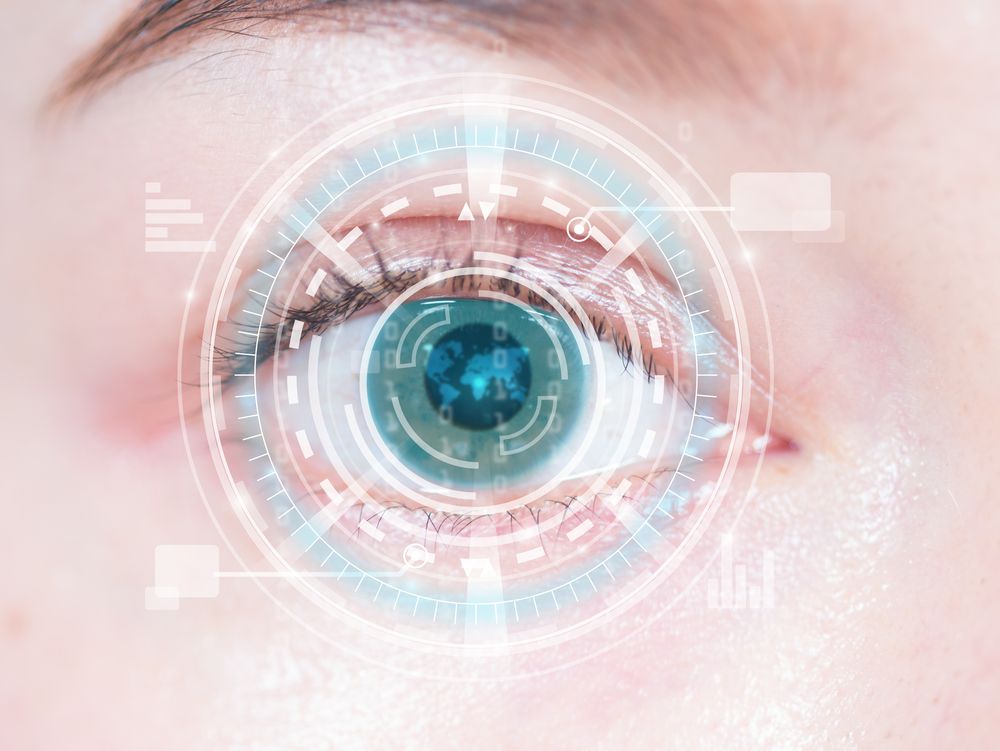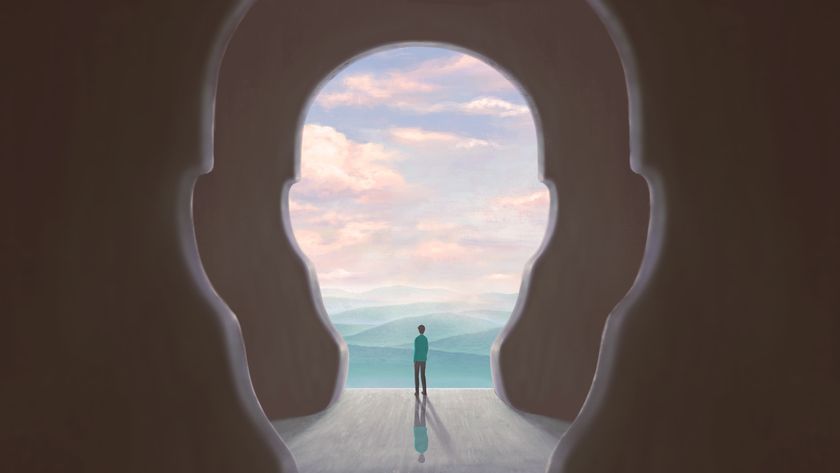Computer Diagnoses Cataracts As Well As Eye Doctors Can

A new artificial-intelligence system designed to imitate the way the brain handles vision can diagnose a rare eye condition just as well as eye doctors can, a new study shows.
The new system, which focuses on identifying a rare eye condition called congenital cataracts, could also help diagnose other rare diseases someday, the researchers said.
In the study, scientists in China used an artificial neural network named CC-Cruiser. This network was a "convolutional neural network," meaning it was designed based on the way neurons are organized in the brain region that deals with vision. The scientists wanted to see if neural networks could help address rare diseases, which afflict about 10 percent of the world's population. [10 Technologies That Will Transform Your Life]
"We were inspired by the work of the DeepMind group, [which] beat professional human players at classic video games," said study co-lead author Dr. Haotian Lin, an ophthalmologist at Sun Yat-Sen University in Guangzhou, China. "Since AI can play games against human players, why not create an AI that could act equally as a qualified human doctor?"
Previous research suggested that convolutional neural networks are good at scanning data to recognize images, Lin said. The scientists reasoned that a convolutional neural network could be effective at scanning images of eyes to diagnose congenital cataracts, which cloud the lens of a child's eye from birth and can lead to irreversible vision loss.
The researchers first "trained" CC-Cruiser using photos taken as a part of the Childhood Cataract Program of the Chinese Ministry of Health. The photographs included 476 images of children with normal eyes and 410 pictures of children with congenital cataracts of varying severity.
After this training, the researchers tested the network. They gave CC-Cruiser data from 57 patients, including 43 who had normal eyes and 14 who had congenital cataracts. The neural network identified potential cases of congenital cataracts with 98.25 percent accuracy, estimated the location of the cataracts with 100 percent accuracy and suggested the proper treatments with 92.86 accuracy, the researchers said.
Sign up for the Live Science daily newsletter now
Get the world’s most fascinating discoveries delivered straight to your inbox.
Then, in a more difficult test, the researchers mimicked the real-life rareness of congenital cataracts. They gave CC-Cruiser images from 300 normal cases, and just three images from children with congenital cataracts. The neural network successfully excluded the normal cases, identified the three cataract cases, and provided accurate evaluations and treatment decisions, the researchers found.
However, when it came to a test that used 13 images of normal eyes and 40 pictures of cataracts found on the internet, CC-Cruiser was slightly less successful. The neural network identified potential cases of congenital cataracts with 92.45 percent accuracy, estimated the location of the cataracts with 94.87 percent accuracy and suggested the proper treatments with 89.74 accuracy, the researchers said. This discrepancy could be due to how photos of eyes can vary greatly according to the lighting, angle and resolution of different imaging machines that doctors use, the scientists explained.
The researchers also compared CC-Cruiser's accuracy with that of real-life eye doctors. They had the neural network and three ophthalmologists, ranging in expertise from novice to expert, look at 50 cases involving a variety of challenging medical situations designed by a panel of experts. The researchers said the neural network performed as well as the eye doctors; for instance, CC-Cruiser identified all of the patients who had congenital cataracts, while all three ophthalmologists missed one case.
Currently, the main strategy to help people who have rare diseases involves building specialized care centers, but these are often very expensive and geographically scattered, leaving many rare-disease patients without adequate care, the researchers said. They reasoned that neural networks could, over the internet, help provide computerized expertise on rare diseases for many hospitals.
To this end, the researchers also developed a website for CC-Cruiser (Hospitals can upload clinical data to the cloud-based platform for the neural network to evaluate. Patients and doctors can also interact via the website.
This research into identifying and assessing congenital cataracts could also work on other diseases that rely on diagnoses via medical imaging, Lin said.
Creating a robot doctor like Baymax from the movie "Big Hero 6" "is one of the wildest dreams for human beings," Lin told Live Science. "We believe that our work could represent a practical step to a real-world Baymax." [The 6 Strangest Robots Ever Created]
Rigorous clinical trials are still needed "before we put the AI into regular clinical practice," Lin said.
The scientists detailed their findings online Monday (Jan. 30) in the journal Nature Biomedical Engineering.
Original article on Live Science.

Most Popular





